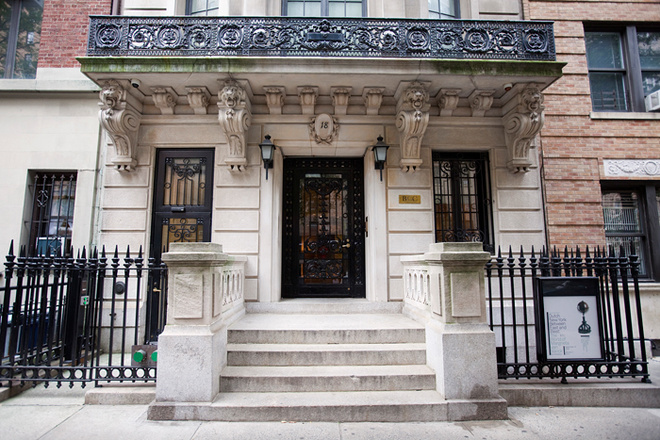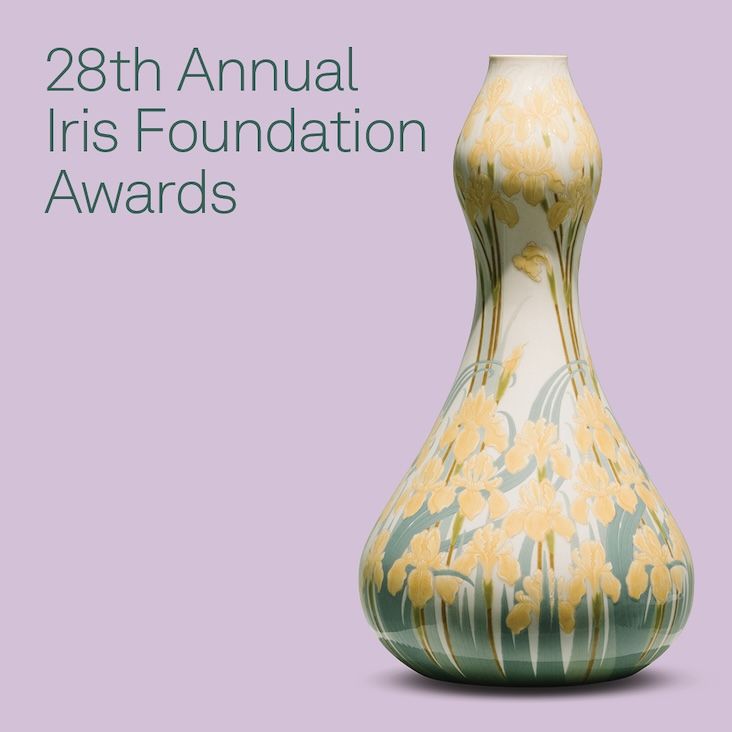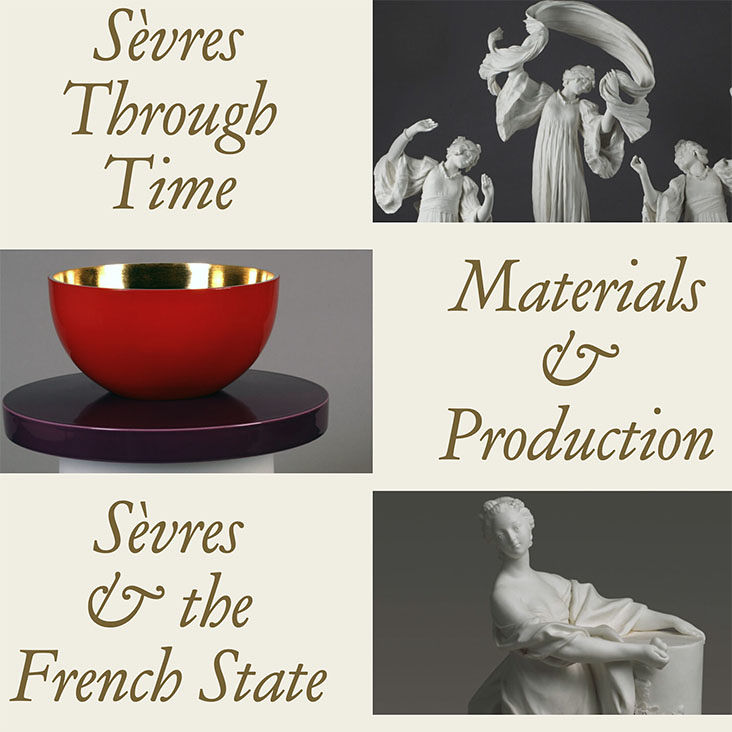Maria Perers (MA 2004, MPhil 2009) is a BGC PhD candidate completing her dissertation “Inside the Ideal Home: Changing Values in the Politics and Design of Apartment Living in Sweden c. 1955-1995.” A native of Avesta, Sweden, she received her undergraduate degree from Uppsala University. Since 2009, she has been a curator at Nordiska museet (The Nordic Museum), Sweden’s national museum of cultural history in Stockholm.
What attracted you to the BGC program?
After three years working for UNESCO in Paris and Bangkok,
my contract ended and I wanted to pursue a master’s degree in the United
States. Peterson’s Guide to Graduate Schools led me to the
BGC, which was exactly what I was looking for, and I was privileged to receive
a Fulbright grant.
Historic preservation related to my
work with UNESCO World Heritage, but suddenly it struck me that “I am a
museum person!” I had loved working as a museum docent and with exhibitions
before I left for Paris, and a short course in decorative arts and design had
sparked my interest when I studied art history as an undergraduate. Of course
paintings relate to society, but not like the stuff around us. All objects tell
a story— not only about the people who produced, used, and admired them, but
also about political, social, economic, and technological developments. I still
remember how I talked about that in my BGC application and in my
interview.
What was your focus of study here, how did you find yourself involved with it?
A class I still bear with me from my first semester fifteen
years ago was an eye-opening seminar on “Technology and the Making of the Modern
World” with visiting professor Susan Strasser. I sometimes lecture about
Taylorism and mass production, and rationally planned, standardized kitchens
are part of my dissertation. I especially enjoyed the way Amy Ogata linked
politics and design in her classes, as in her World’s Fairs course. I used that
perspective in my thesis on the Swedish Modernist designer and propagandist
G.A. Berg, who participated in the 1939 New York World’s Fair. Juliet
Kinchin and Paul Stirton helped me discover advice literature as a source, and
Rosemarie Haag Bletter, from whom I took a course at CUNY, led me to the
popular magazine, a primary source I also use in my dissertation.
It was indeed a privilege to be
immersed in such exciting interdisciplinary studies, and I happily remember
crazy nights when I was up all night finishing papers and all the late nights
in the little PhD reading room studying for my field exams.
Describe your current position?
I am the curator of folk art at Nordiska museet. When I
started there four years ago, I plunged into a project about plastics, followed
by an exhibition on garbage – perhaps puzzling my predecessor about what
happened to his fine folk art position. My next major project was an exhibition
on the Swedish sloyd, a form of craft instruction that is
compulsory in our educational system. My mother came up with the idea. I should
have realized that she knew this topic would interest people, as every Swede
has experienced it with pain or joy in school since the 1880s. For months,
people were calling and writing to tell me their stories of sloyd.
I received almost a thousand objects they had made, which were all exhibited! I
have also curated a new installation of contemporary, popular crafts, such as
yarn graffiti, craftivism (social activism pursued through craft practices,
including knitting), and amigurumi (Japanese crocheted
creatures).
It is my broad background from the
BGC that has given me the privilege to form my job. Actually, the word “design”
is now included in my job description. I have used my field exams in European
decorative arts and design 1600-2000 to give courses at the museum, and I teach
a course on material culture in collaboration with Konstfack, University
College of Arts, Crafts, and Design. At the BGC, I wrote a ten-page paper for
Catherine Whalen just about my lipstick, using Jules Prown’s methods of
artifact analysis, and I still use that experience in my teaching. I also
lecture at the Carl Malmsten Furniture Studies/Linköping University and a few
other Swedish colleges, as well as Parsons and Cooper-Hewitt.
My research for my dissertation has
been useful in writing about the living room in the museum’s book series on the
rooms of The People’s Home, a political concept of the Swedish welfare state,
and the museum’s annual Fataburen. I participated in the
launch of the sixtieth anniversary edition of the Ikea catalog using research
for my dissertation and Amy Ogata’s postmodernism class. My studies at the BGC
are constantly with me.
What ultimately is your goal?
First of all, I want to finish my dissertation. My goal is to be a knowledgeable and respected expert in my field and to share the joy for this with others.














